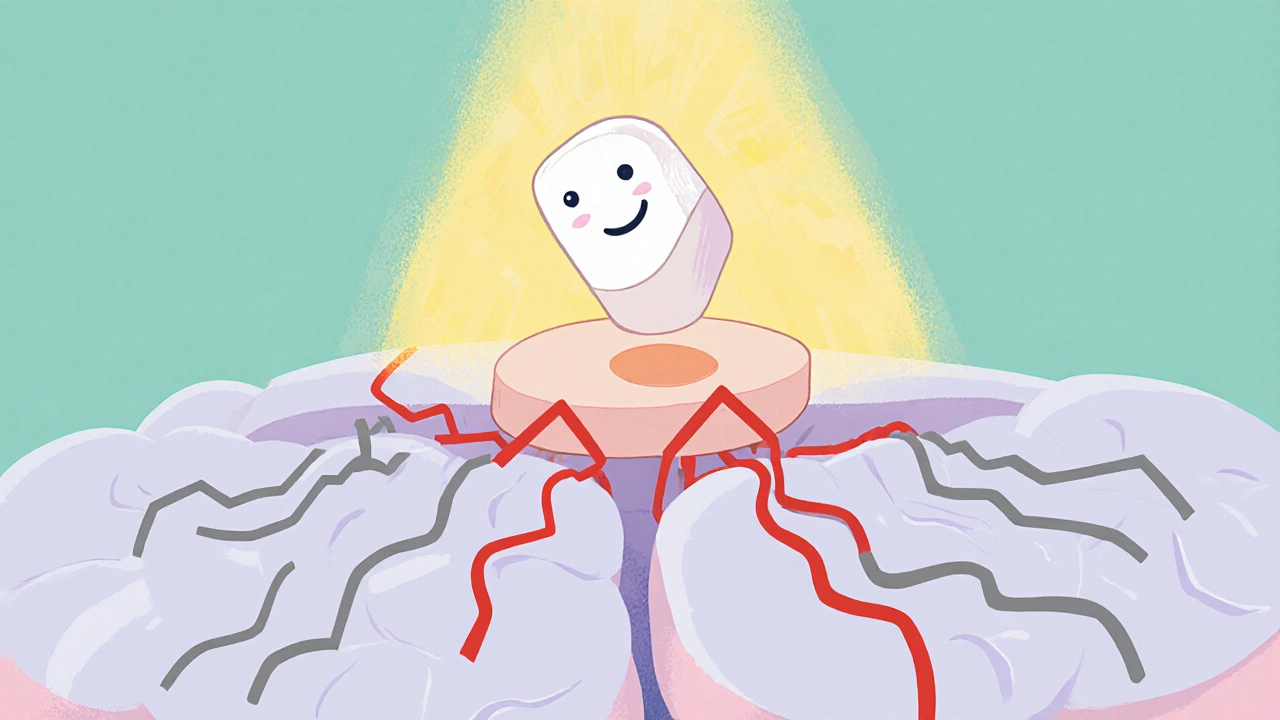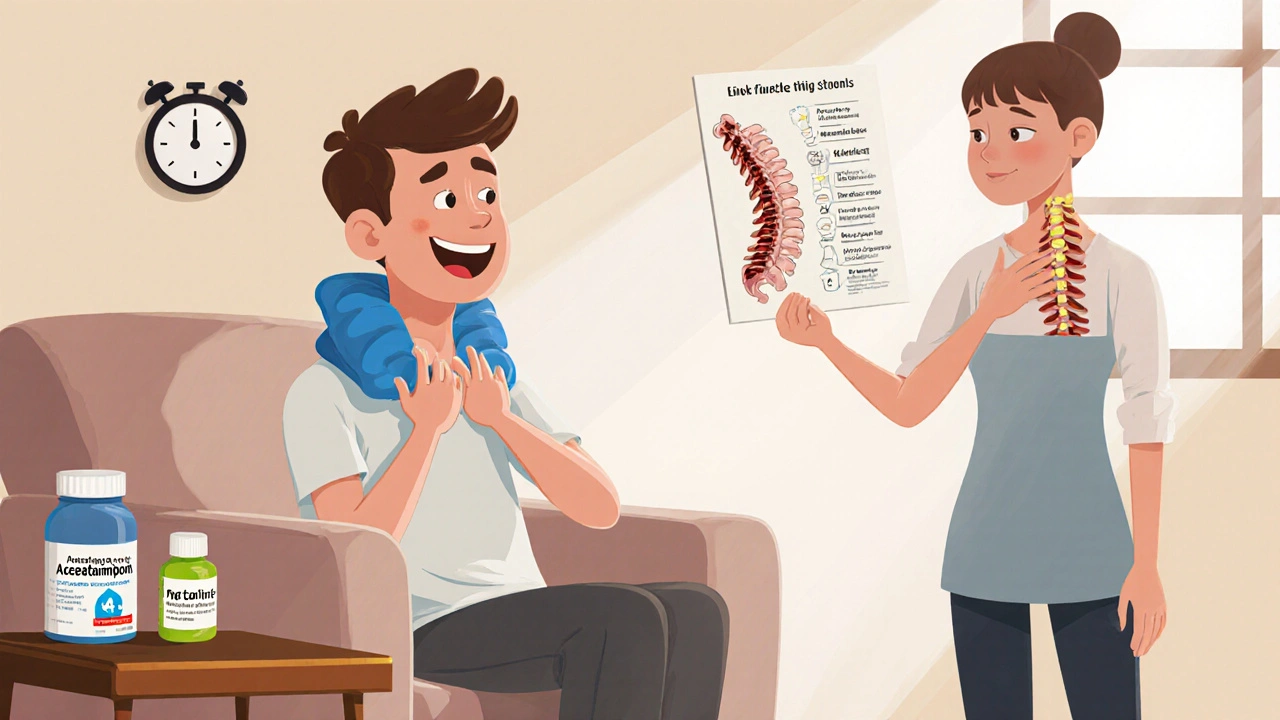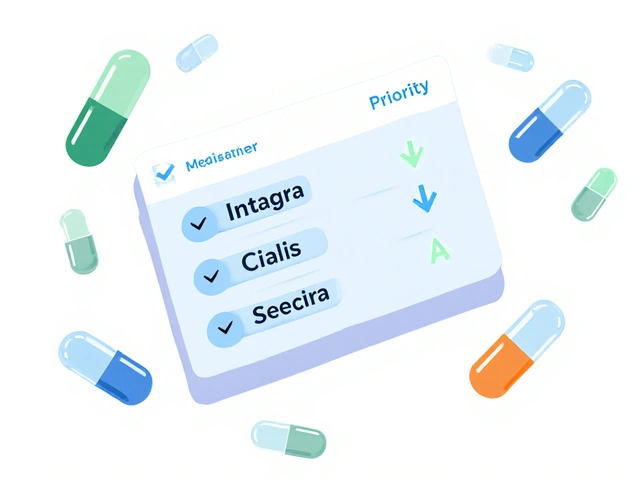When a sudden jolt snaps your head forward and back-think of a rear‑end car crash or a hard fall-you may end up with whiplash. The neck hurts, muscles feel tight, and everyday tasks become a grind. Many people reach for the medicine cabinet first, and acetaminophen often tops the list. But how well does it actually relieve whiplash pain, and what should you watch out for? This guide cuts through the science, compares alternatives, and gives you a step‑by‑step plan to manage pain safely.
What Is Whiplash?
Whiplash is a cervical spine injury caused by rapid acceleration‑deceleration of the neck. It typically occurs when the head is forced forward then backward, straining muscles, ligaments, intervertebral discs, and sometimes nerves. The injury spectrum ranges from mild soreness that fades in days to severe sprains that linger for months.
Key symptoms include:
- Neck stiffness and reduced range of motion
- Headaches, especially at the base of the skull
- Shoulder or upper‑back pain
- Dizziness, ringing in the ears, or blurry vision
Because the pain comes from both mechanical strain and inflammation, treatment often mixes medication, movement, and rest.
How Does Acetaminophen Work?
Acetaminophen is an over‑the‑counter analgesic and antipyretic that blocks pain signals in the central nervous system. Unlike NSAIDs, it does not inhibit peripheral inflammation directly; instead, it raises the pain‑threshold in the brain and spinal cord by acting on cyclooxygenase (COX) enzymes in the CNS.
For whiplash, this mechanism means acetaminophen can dull the headache‑type pain and the aching that radiates from strained muscles. It is especially useful when inflammation is modest and when a patient cannot tolerate non‑steroidal anti‑inflammatory drugs (NSAIDs) because of stomach issues or blood‑thinner medication.
Acetaminophen vs. Other Analgesics
Choosing the right pill depends on three factors: pain intensity, inflammation level, and safety profile. The table below breaks down the most common options for whiplash pain.
| Medication | Primary Action | Typical Dose (Adult) | Pros | Cons |
|---|---|---|---|---|
| Acetaminophen | Central COX inhibition, pain threshold elevation | 500‑1000 mg every 4‑6 h (max 4 g/24 h) | Gentle on stomach, no platelet effects | Limited anti‑inflammatory effect, liver toxicity at high doses |
| NSAIDs (e.g., ibuprofen, naproxen) | Peripheral COX inhibition, reduces inflammation | 200‑400 mg ibuprofen every 6‑8 h (max 1200 mg/24 h OTC) | Reduces swelling, good for muscle strain | Stomach irritation, increased bleeding risk |
| Opioids (e.g., codeine, tramadol) | Central µ‑opioid receptor agonism, strong analgesia | Prescription only; dose varies | Effective for severe pain | Dependence, constipation, drowsiness, respiratory depression |
In practice, many clinicians start with acetaminophen or an NSAID, then add a short course of an opioid only if pain remains uncontrolled after 48‑72 hours.
Dosage, Safety, and Liver Concerns
Acetaminophen is safe when taken as directed, but its narrow therapeutic window demands attention:
- Never exceed 4 g per day for healthy adults. In New Zealand, the maximum OTC pack is 1 g per tablet, so two tablets per dose is typical.
- If you drink alcohol regularly or have liver disease, the safe limit drops to 2‑3 g per day.
- Check other medications-many cold remedies, prescription painkillers, and herbal supplements already contain acetaminophen.
Symptoms of acetaminophen overdose can be silent for 24‑48 hours, then progress to nausea, right‑upper‑quadrant pain, and elevated liver enzymes. If you suspect an overdose, seek emergency care immediately.

Putting It All Together: A Practical Whiplash Pain Plan
- Initial 24‑hour phase
- Apply ice packs for 15 minutes every 2‑3 hours to reduce swelling.
- Take acetaminophen 500‑1000 mg every 4‑6 hours as needed, staying under the 4 g daily ceiling.
- Use a soft cervical collar only for comfort; prolonged wear can weaken neck muscles.
- Day 2‑4: Assess inflammation
- If stiffness worsens, switch to an NSAID (ibuprofen 200‑400 mg) on alternate doses with acetaminophen, ensuring a 4‑hour gap.
- Begin gentle range‑of‑motion exercises: chin tucks, side‑to‑side neck rotations, and shoulder rolls.
- Day 5‑7: Introduce physical therapy
- Schedule a session with a licensed Physical therapy specialist who can teach the McKenzie method for cervical spine alignment.
- Continue medication only for breakthrough pain; aim to taper off by the end of week two.
- When pain lingers beyond two weeks
- Consult a physician for imaging (X‑ray or MRI) to rule out disc herniation or fracture.
- Consider a short course of muscle relaxants or a low‑dose opioid if disability is severe, but always with a clear taper plan.
Key takeaway: acetaminophen is an excellent first‑line tool for mild‑to‑moderate whiplash pain, but it works best when paired with movement, ice, and a gradual return to activity.
Red Flags: When to Seek Immediate Medical Help
Even though most whiplash cases resolve, certain signs demand urgent evaluation:
- Numbness or tingling down the arms
- Loss of bladder or bowel control
- Severe, unrelenting headache that worsens with lying down
- Fever, unexplained swelling, or a “popping” sound at the time of injury
If any of these appear, call emergency services or visit your nearest hospital. Early detection of vertebral artery injury or spinal cord compromise can prevent long‑term disability.
Quick Checklist: Managing Whiplash Pain with Acetaminophen
- ✅ Ice for 15 min → every 2‑3 h (first 48 h)
- ✅ Acetaminophen 500‑1000 mg → every 4‑6 h, max 4 g/24 h
- ✅ NSAID add‑on only if stiffness ↑, keep 4‑h gap
- ✅ Gentle neck stretches start day 2
- ✅ Physical therapy by day 5‑7
- ✅ Watch liver symptoms, avoid alcohol excess
- ✅ Seek care if red‑flag symptoms emerge
Can I take acetaminophen and ibuprofen together?
Yes, you can alternate them as long as you keep at least a four‑hour gap between doses. This lets you benefit from acetaminophen’s central pain relief and ibuprofen’s anti‑inflammatory effect without exceeding safe limits for either drug.

How long should I stay on acetaminophen for whiplash?
Aim to use it only for the first 5‑7 days while the acute inflammation settles. If pain persists, transition to NSAIDs or discuss other options with your doctor.
Is acetaminophen safe for children with whiplash?
Children can use acetaminophen, but dosage must be weight‑based (10‑15 mg per kilogram per dose) and never exceed five doses in 24 hours. Always consult a pediatrician before giving any medication after an injury.
What non‑drug strategies help whiplash pain?
Ice or heat (after the first 48 h), gentle neck mobilization, posture correction, and early physical therapy are all evidence‑based. Staying hydrated and getting enough sleep also support tissue healing.
When should I consider seeing a specialist?
If pain hasn’t improved after two weeks, or if you develop neurological symptoms (numbness, weakness), schedule an appointment with an orthopedist or neurologist for imaging and targeted treatment.






Sunita Basnet
October 25, 2025 AT 20:43Stay positive and leverage the analgesic cascade; acetaminophen can act as a central modulator when you combine it with strategic physiotherapy and proper dose timing
Diane Holding
November 6, 2025 AT 10:30Start with acetaminophen as the first line, watch the dosing schedule, and add NSAIDs only if stiffness rises.
Manish Verma
November 18, 2025 AT 00:17Look, mate, the evidence shows that alternating acetaminophen and ibuprofen gives you both central pain relief and peripheral anti‑inflammation without overloading either pathway, so keep a four‑hour gap and you’ll be solid.
Lionel du Plessis
November 29, 2025 AT 14:03Yo the neck strain triggers nociceptive firing and you can blunt that with a central COX tweak via acetaminophen while the peripheral cytokine surge is handled by ibuprofen when needed